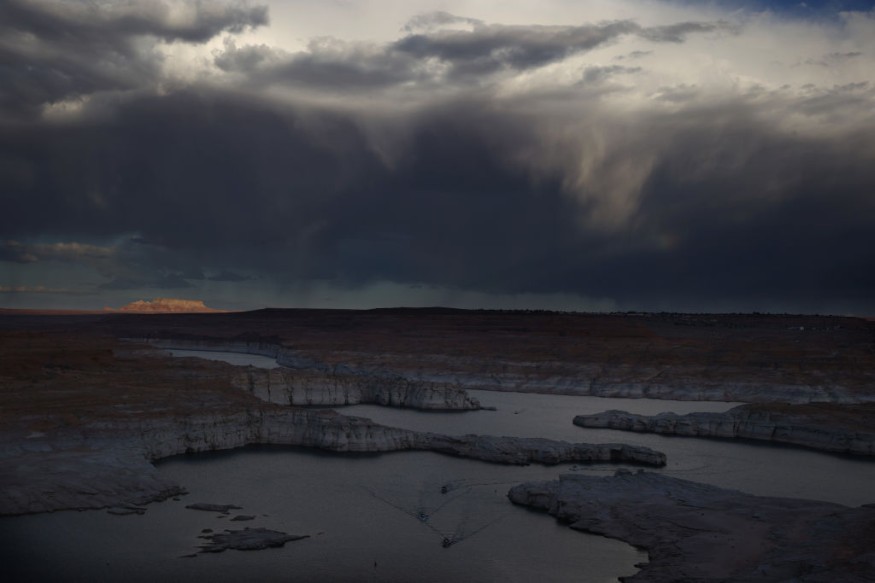Clouds that look like the ocean or a stormy sea was captured on photo by a Reddit user and went viral this week after uploading it on the social media platform. Now, the authenticity of content is being scrutinized by experts yet scientists explain why such phenomenon occurs. Existing evidence points toward the event is caused by the extremely rare phenomenon called Kelvin-Helmholtz cloud.
However, other theories regarding the post suggest it could be a new cloud formation never seen before. The period when the incident was taken remains unclear. Minnesota, like other areas in the United States, received a combination of adverse weather conditions in recent weeks as part of the ongoing fall season, which is about to before December.
Ocean Cloud Photo

Reddit user "u/Harvickfan4Life" uploaded the photo, which was captured by Minnesota local Theresa Birgin Lucas, on a Reddit post that amassed more than 88,000 upvotes. The post has a caption saying the Minnesota woman captured the cloud formation which looked like an ocean in the sky. Despite the uniqueness of the photo, it is still uncertain if whether or not it was edited.
The viral Reddit post garnered hundreds of comments, with one user saying it is a new cloud formation called Asperitas (formerly known as Undulatus asperatus); which was first popularized and proposed in 2009 by Gavin Pretor-Pinney from the Cloud Appreciation Society. The term was then added to the International Cloud Atlas as a supplementary feature in March 2017.
Other commentators of the post showed a combination of confusion, shock, and disbelief since the appearance of the photo looks like there was an ocean floating above the Minnesota ground. While the Reddit photo garnered attention in social media.
According to Katja Friedrich, an atmospheric and oceanic sciences professor at the University of Colorado, told Newsweek that the picture looks fake to her, scrutinizing there was a light source on the lower left and upper left. Second, the professor said it was the first time encountering a light source.
Potential Theories
The World Meteorological Organization (WMO) issued a report about its International Cloud Atlas, mentioning that Asperitas is characterized by long waves within the cloud base. The illumination and thickness of the cloud can lead to dramatic visual effects.
Meanwhile, a separate report by the UK's Met Office says it could be a Kevin-Helmholtz cloud, which can produce a billowing wave pattern. The extremely rare phenomenon transpired when there is a strong vertical shear ranging between two air streams, causing winds to blow faster at the upper level than those at the lower levels.
The said cloud type mimics the world's rolling ocean waves, wherein the Kevin-Helmholtz clouds bring a glimpse of terror and excitement at the same time. Scientists have also supported the notion that the said clouds look like breaking waves, which is caused after the air continues to flow through the atmosphere like a wavelike pattern.
Related Article: Strange 'Cylindrical Cloud' Found in the Skies of Japan
© 2025 NatureWorldNews.com All rights reserved. Do not reproduce without permission.





